Dr. West keynoted at the very first SENS conference, back in 2003 in Cambridge, and it’s a true delight…
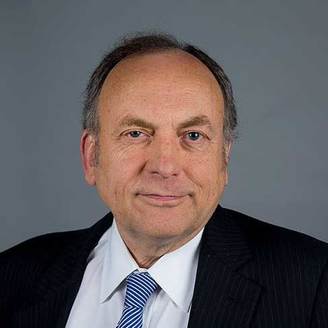

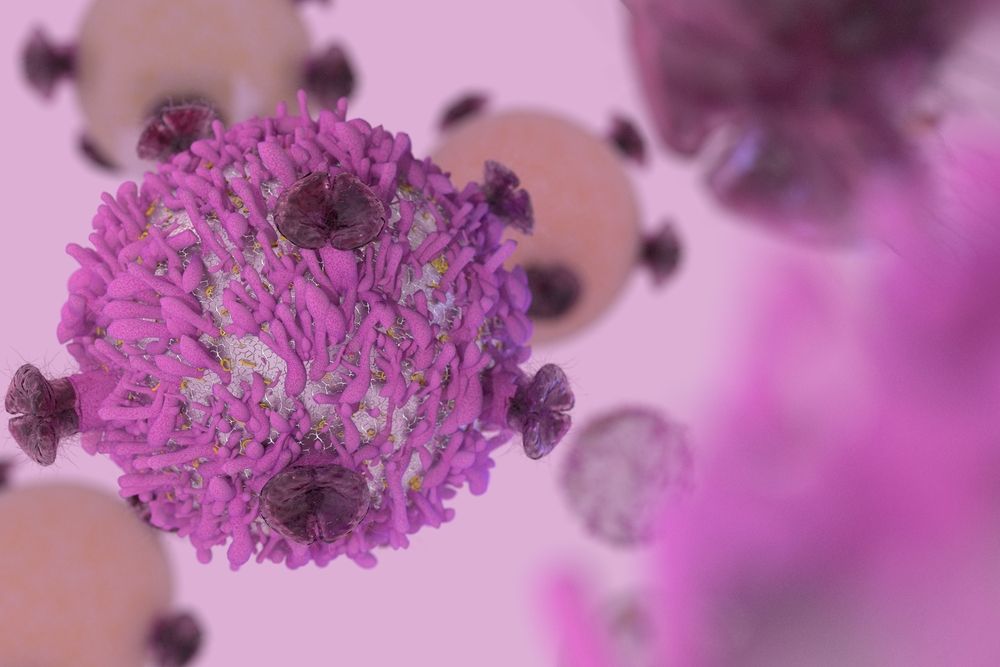
In a new study, researchers propose that TIGIT is a marker of T cell senescence and exhaustion in the immune system. However, not only is TIGIT just a biomarker, it is also a potential therapeutic target; as the researcher team discovered, lowering levels of TIGIT resulted in the restoration of some lost function in T cell populations that were experiencing high levels of senescence and exhaustion.
In a new study, researchers propose that TIGIT is a marker of T cell senescence and exhaustion in the immune system[1]. However, not only is TIGIT just a biomarker, it is also a potential therapeutic target; as the researcher team discovered, lowering levels of TIGIT resulted in the restoration of some lost function in T cell populations that were experiencing high levels of senescence and exhaustion.
Aging is associated with immune dysfunction, especially T-cell defects, which result in increased susceptibility to various diseases. Previous studies showed that T cells from aged mice express multiple inhibitory receptors, providing evidence of the relationship between T-cell exhaustion and T-cell senescence. In this study, we showed that T-cell immunoglobulin and immunoreceptor tyrosine-based inhibitory motif (ITIM) domain (TIGIT), a novel co-inhibitory receptor, was upregulated in CD8 + T cells of elderly adults. Aged TIGIT + CD8 + T cells expressed high levels of other inhibitory receptors including PD-1 and exhibited features of exhaustion such as downregulation of the key costimulatory receptor CD28, representative intrinsic transcriptional regulation, low production of cytokines, and high susceptibility to apoptosis. Importantly, their functional defects associated with aging were reversed by TIGIT knockdown.

That wisdom from Ecclesiastes is the theme of five new novels, which, if they did not give me a taste of immortality, at least made me feel like the week would never end. The coincidence of their arrival is a little creepy, but it suggests the growing relevance of this subject for a generation reviewing itineraries to the undiscovered country with deep ambivalence. In shades of comedy and tragedy, realism and fantasy, these contemporary authors dig up a lot of old conceits and, like Dr. Frankenstein, zap them to life with mixed results.
The dark side of immortality: “How to Stop Time,” “Eternal,” “The Immortalists,” “Immortal Life” and “The Afterlives.”

As part of our ongoing series covering the hallmarks of aging, we are taking a look at deregulated nutrient sensing today and how these four pathways regulate metabolism and influence aging.
To understand studies on nutrient sensing in the context of aging, let’s introduce four key protein groups. In this post, we’ll explore the pathways they help control and how they affect aging. These key proteins are IGF-1, mTOR, sirtuins, and AMPK[2]. We call these proteins “nutrient sensing” because nutrient levels influence their activity[2].

Diagnosis, Advice, and Treatment: This article is intended for informational and educational purposes only and is not a substitute for professional medical advice. Anti-aging therapies are considered experimental and involve extra risks. The information provided in this article should not be used during any medical emergency or for the diagnosis or treatment of any medical condition. A licensed physician should be consulted for the diagnosis and treatment of any and all medical conditions. Call 911 or the equivalent emergency hotline for all medical emergencies. As well, consult a licensed physician before your changing diet, supplement or exercise programs. Photos, External Links & Endorsements: This article is not intended to endorse companies, organizations or products. Links to external websites, depiction/mention of company names or brands, are intended only for illustration and do not constitute endorsements.
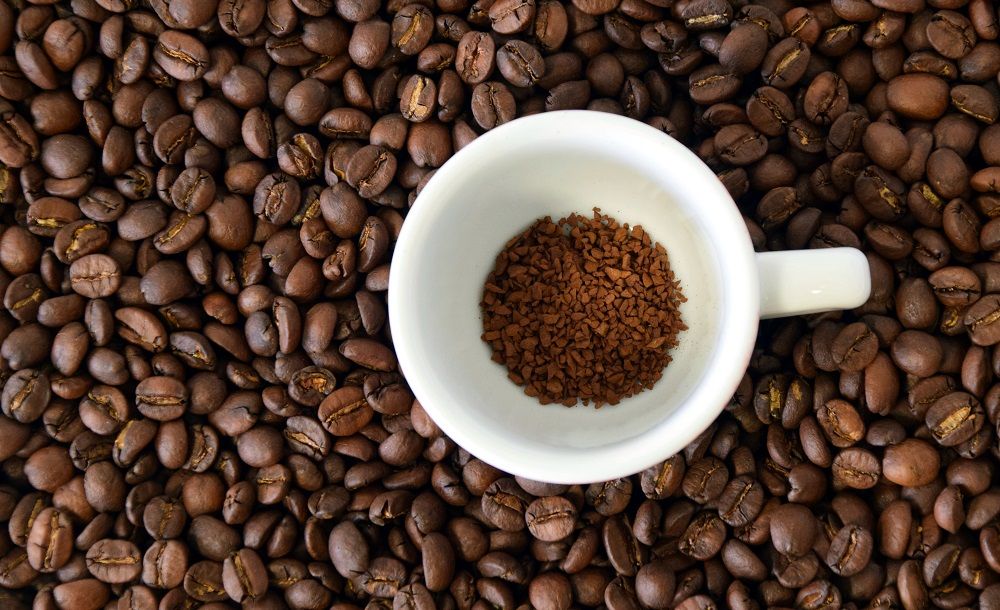
Experts at Tufts University and other organization say the health benefits of coffee vary depending on how you prepare it.
Summary: Which has greater health benefits instant coffee vs. brewed? Experts at Tufts University and other organizations say that the health benefits of coffee vary depending on how you prepare the beverage. [This article first appeared on the website LongevityFacts. Author: Brady Hartman. ]
Does instant have the same health benefits as brewed coffee?
Coffee is not only popular. It’s also a healthy drink.
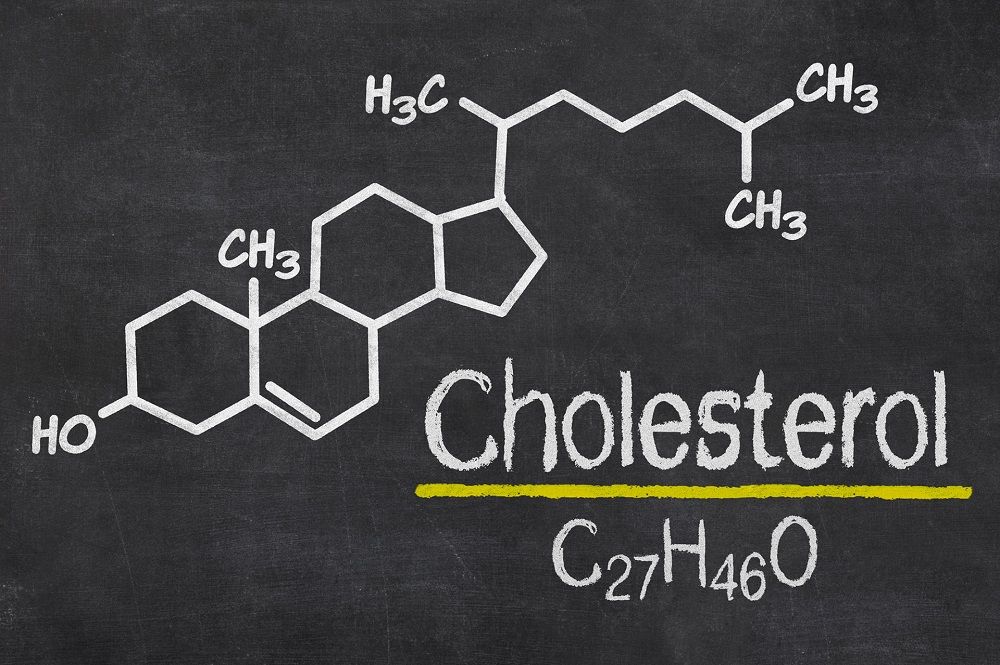
Summary: Health organizations recommend keeping high cholesterol levels in check to be healthier. [Author: Brady Hartman – This article first appeared on the website LongevityFacts.]
High cholesterol levels are a silent killer that significantly increases the risk of stroke, kidney disease heart attack, and death. Cholesterol builds up the insides of artery walls, blocking the arteries that feed the brain, heart, kidneys. Treatment is efficient and inexpensive, yet many people walk around with high cholesterol levels, needlessly letting it steal years from their lives.
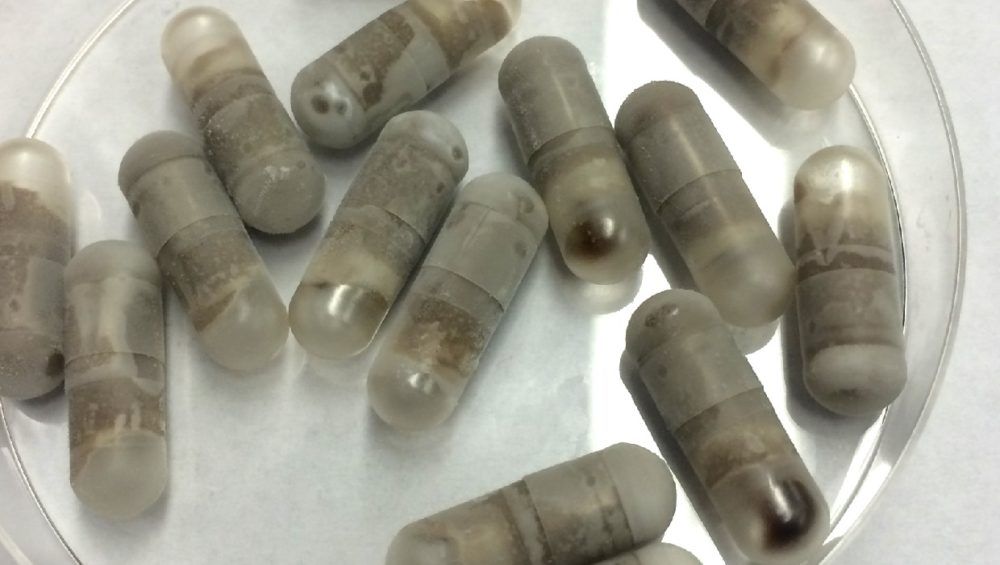
The straight poop on fecal transplants. Scientists think fecal transplants help us live longer, healthier lives.
Quote: “Seres Therapeutics is one of the more promising names in poop.”
Here’s the straight poop on fecal transplants, a new medical procedure which physicians use to treat infections. Geroscientists suspect that fecal transplants could help us live longer, healthier lives by giving us a microbiome upgrade. [This report was originally published on LongevityFacts.com. Author: Brady Hartman]
The human microbiome is an invisible world that is only recently coming into focus. The collection of bacteria that inhabit your body is a delicate ecosystem that can crash as you age, travel, or even take a new medication. When it collapses, it can lead to all sorts of distress.
The Business End Of The Poop Industry
Seres Therapeutics is one of the more promising names in poop. The Cambridge biotech company has been trying to transform medicine by harnessing the billions of bacteria in our intestines.

Summary: People can delay or prevent type 2 diabetes with a healthy diet and exercise. Medications also work but are less effective than lifestyle changes. [This article first appeared on the LongevityFacts.com website. Author: Brady Hartman.]
According to the CDC, the ways to delay or prevent type 2 diabetes include diet, exercise, and in some cases, medications. Don’t take risks with your health – all three of these tactics should only be carried out under the supervision of a qualified physician.
Research shows that some prevention strategies are more successful than others in preventing type 2 diabetes.